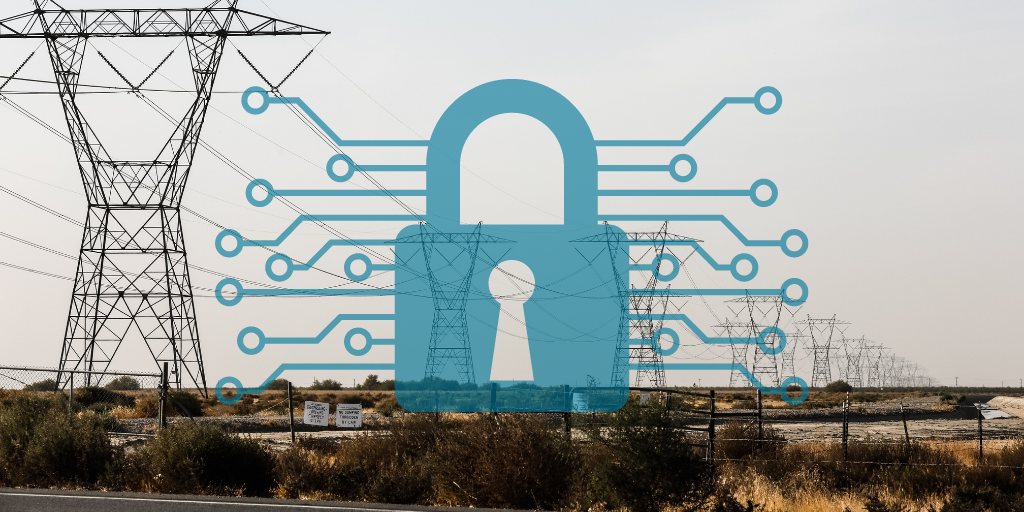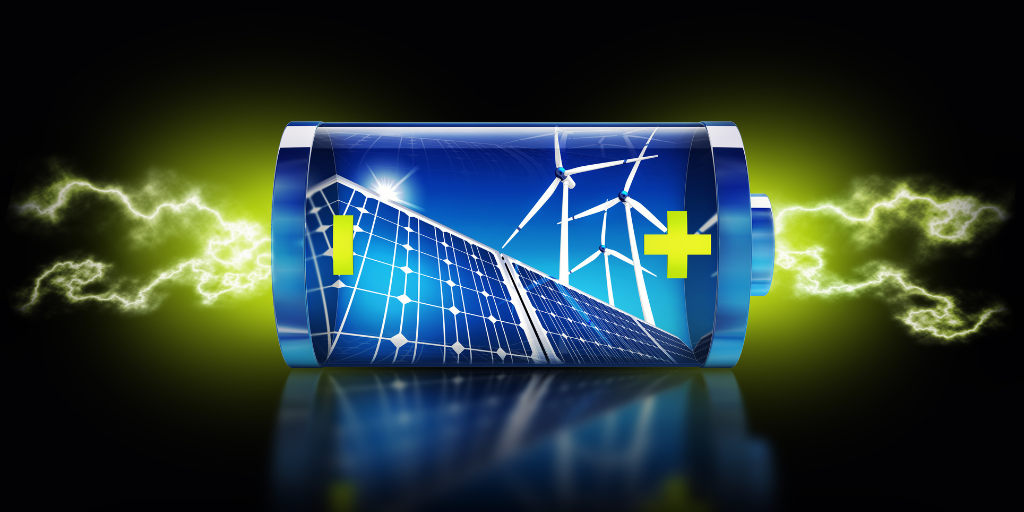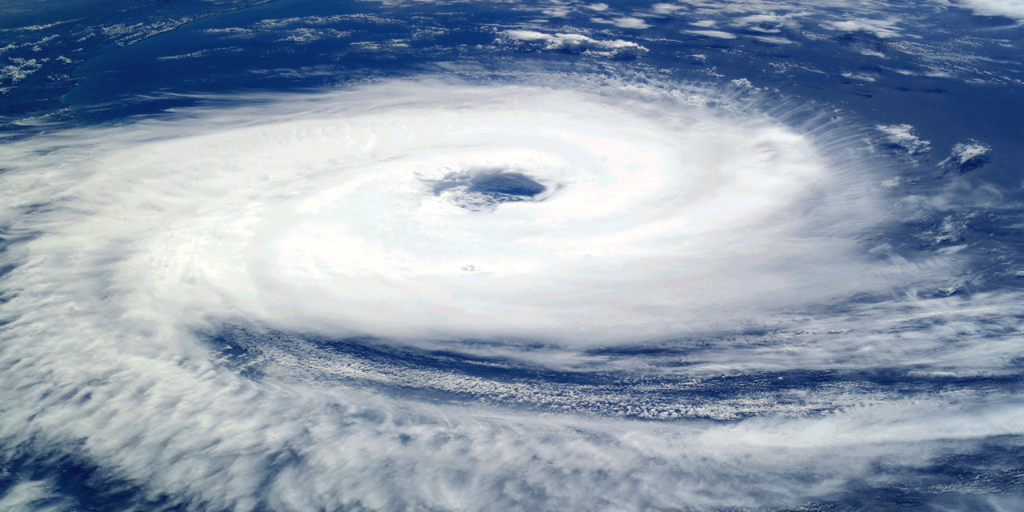Do We Have a Capacity Problem? Summer Outlook 2022


Do We Have a Capacity Problem? Summer Outlook 2022
May 31, 2022
5
min read
Russian Hackers - Another Threat to the US Power Grid


Russian Hackers - Another Threat to the US Power Grid
Apr 21, 2022
2
min read
Continued March of Renewables, Wholesale Markets, and Retail Electric Rates


Continued March of Renewables, Wholesale Markets, and Retail Electric Rates
Feb 01, 2022
3
min read
The Power of Transparency and Competitive Intelligence


The Power of Transparency and Competitive Intelligence
Feb 01, 2022
2
min read
Explosive Volatility in SPP on 11/11/2021 - Live Power Market Driver Alert


Explosive Volatility in SPP on 11/11/2021 - Live Power Market Driver Alert
Nov 19, 2021
6
min read
Turbulent Industry Change Drives Digital Transformation for Utilities


Turbulent Industry Change Drives Digital Transformation for Utilities
Nov 11, 2021
3
min read
Managing Risk in Small & Mid-Sized Nodal Trading Organizations


Managing Risk in Small & Mid-Sized Nodal Trading Organizations
Oct 21, 2021
1
min read
A Disrupted Grid: The Impact of Battery Storage


A Disrupted Grid: The Impact of Battery Storage
Oct 14, 2021
2
min read
MISO Market Driver Alert: A Tale of One Constraint and Two Very Different Wind Farms


MISO Market Driver Alert: A Tale of One Constraint and Two Very Different Wind Farms
Oct 11, 2021
6
min read
Hurricane Ida Leaves Louisiana's Transmission System in Tatters


Hurricane Ida Leaves Louisiana's Transmission System in Tatters
Sep 10, 2021
2
min read



